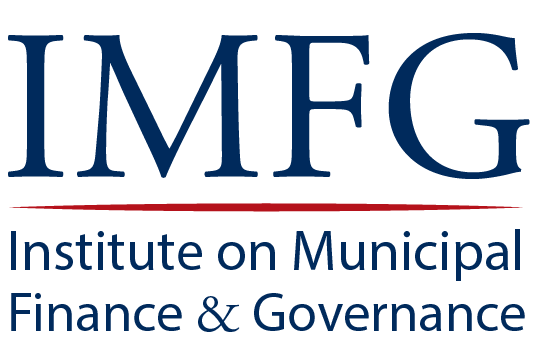The Municipal Role in Public Health
The start of the COVID-19 pandemic in Canada, with its near daily briefings from the Prime Minister, Premiers, and Medical Officers of Health pushed the importance of public health to the forefront of collective consciousness. We learned that public health is both a complex concept and a shared responsibility, where coordination and cooperation between different orders of government take on a special importance.
The fourth report in the Who Does What series from the Institute on Municipal Finance and Governance (IMFG) and the Urban Policy Lab focuses on the role that Canadian municipalities presently play in public health, which functions they are best suited to perform, and how they can work better with other orders of government.
Katherine Fierlbeck and Gaynor Watson-Creed emphasize the important role of municipalities in tailoring public health interventions to the local context. They argue that municipalities often hold the key to addressing social determinants of health in a nimbler and more focused manner than provinces. In contrast, provincial centralization of the public health system can undermine its capacity to address larger health issues in a targeted and effective manner.
Lawrence C. Loh draws on case studies to describe the complex interplay of municipal and provincial governments in determining health policy. He offers a series of proposals to strengthen public health systems that include keeping public health separate from health care; maintaining the “local” in public health; enshrining the unique role and expertise of local Medical Officers of Health; increasing the resources available to public health now and into the future; and addressing disparities in resourcing across public health units.
Lindsay McLaren and Jason Cabaj reflect on the current and ideal roles for municipal governments in public health and put forward two broad recommendations to improve population well-being and health equity. First, they emphasize the need to strengthen mechanisms for intersectoral and intergovernmental collaboration within formal public health structures. Second, they lay out a vision for a “well-being agenda,” which also requires daring leadership and sustained attention to the root causes of poor health and health inequities.
